When you’re itching to get vegetables planted in the spring, do you ever think about soil temperature data?
Soil temperature data is extremely important to refer to when you’re determining when to plant vegetables. You should really learn how to measure soil temperature. Why? Because certain seeds require just the right soil temperature for young seed germination. Not just in the spring but in the summer, too.
And today, I’m going to give you what you need planting vegetables at the right soil temperature. In fact, I’m going to give you my soil temperature data sheet free!
I’m also going to give you the step by step process for measuring the temperature of the soil before you plant.
But first, let’s talk about why knowing the importance of an accurate seed bed temperature is the first step for a successful gardening season.
Listen to the Podcast:
This post contains Affiliate Links. This means if you click and buy, I might make a commission at no cost to you.
See my policy for more information
Why Soil Temperature is Important
I know the feeling. The feeling of the weather changing. You have your seeds, garden fertilized and you’re ready to plant. However, what is it really like down in the soil?
Furthermore, there are several factors you want to be sure of when you’re planting seeds:
- Soil moisture – Soil should be soft, not too wet or dry.
- Texture of the soil – Should be soft and fluffy. Not compacted or hard soil.
- Soil Temperature for Planting – What is the actual temperature where the seed will be planted? Too cold? Too hot? Just right?
Well, when planting your home garden, you want that seed bed to be just right. Soil type and soil conditions definitely matter. You want the seeds to be comfortable so they will take off and germinate within their recommended days.
And one of the most neglected tools for vegetable gardeners is a soil thermometer. The internal temperature of the soil is a much better measure of when to plant than air temperature or the calendar. Planting when soil is too cool can cause seeds to rot and transplants to sit there. Same with it being too hot. The soil temperature observations definitely depend on air temperature, moisture levels and sun hours.
So, let’s discuss the process of taking that temperature.
How to Take a Calculated Daily Mean Soil Temperature
First of all, understand that there is a science behind taking soil temperature. It is totally not just a “stick a probe in the bare soil” kind of test. There’s actually a certain way and certain time of day that a soil temperature should be conducted.
In a nutshell, you’re recording the average soil temperatures by depth.
Here’s how to do it right:
First of all, invest in a metal soil temperature thermometer. You can find them at any garden, auto parts and hardware stores.
Next, take the temperature between 10 and 11 a.m by sticking the probe into the soil surface. Why? Well, there are a couple of reasons:
- The lowest readings on a soil thermometer is in the morning right after dawn.
- And the warmest temperature is mid-afternoon (3 p.m.) which would mean soil temperature variations.
- Therefore, a late-morning reading gives a great average soil temperature.
Finally, please make sure there will be no cold snap in the immediate future after planting your seeds. And record several days of consistent soil temperature at this time before planting. Timely updates will get you the best daily average.
But I’m at work at 10 a.m. I can’t take a temperature.
There’s a solution to this, friend. Here it is:
- First of all, take a reading before you leave for work.
- Then, a second reading when you return home.
- Average (or mean) the two soil temperatures together. So, a.m. plus p.m. and divide by 2.
- You’ll need to get a consistent reading for four or five days in a row before planting.
And again, you’ll need to watch the weather and make sure there won’t be a cold snap any time soon. Fighting the weather can be a real struggle when it comes to baby veggies. Luckily, there are some crops you can plant amidst the chilliest of soil temperatures.
Crops Planted at 35 Degrees F
The earliest spring crops can be planted then the minimum soil temperature is average 35 degrees. These are the very first veggies you should be planting when you’re just itching to get those seeds into that garden. Here the list of vegetables:
- Lettuce
- Spinach
- Onions
So, after determining the soil temperature data, go ahead and determine whether or not that soil is the right temperature for those early seeds. If the soil temperature is not an average of 35 degrees, please don’t plant. The early bird never catches a worm. But, this depends on the zone in which you live as well.
In my zone 6a (Kansas), I’m usually out planting these veggies around the first of April. And this highly depends on how the weather has been. But also the weather forecast and Kansas Mesonet can help me make a sound decision. Mesonet is the official website for drought and soil conditions in Kansas. You can explore the web to see if your state has great weather stations like Mesonet.
Also, potatoes are in this group as some of the first vegetables to plant around the end of March. Check out how to prep those potatoes before planting them.
Now, here are the veggies that should be planted at an even warmer seed bed temperature.
Crops Planted at 40 Degrees
Next, certain crops can be planted when the soil temperature measurements are 40 degrees. Here’s that vegetable garden plants list:
- Beets
- Cabbage
- Carrots
- Cauliflower
- Celery
- Peas – Read about How I Tie Up Peas using Baling Twine
- Radishes
- Swiss Chard
- Turnips
Again, these seeds are to be planted when the seed bed temperature is at least an average of 40 degrees. Now, here are some later spring crops to be planted when soil is at least 50 degrees.
Crops Planted at 50 Degrees
Then, a few crops need at least a 50 degree soil temperature for germination:
- Tomatoes – Read about how I stake young plants using baling twine.
- Corn
- Asparagus
Asparagus is unique because you don’t plant it every year. It keeps coming back again and again. But, still, something to keep in mind when wanting to plant a new round of asparagus.
Crops Planted at 60 Degrees
Finally, the earliest crops planted at minimum soil temperatures of 60 degrees includes:
- Beans
- Cucumbers
- Eggplant
- Muskmelon
- Watermelon
- Okra
- Pepper
- Pumpkin
- Squash
So, in the zone I live in, May 1 – 15 is usually a good time of the year for planting these crops that require a 60 degree soil temperature. Check your Zip Code for your zone and your average mean temperature where you live.
Never Predict Temperature Based on Historical Weather Data
Again, please purchase a soil thermometer. And follow the instructions above for taking the day average soil temperature correctly for better quality control.
I’ve heard of people time and time again who just poke their fingers into the bare ground. Sure that’s ok to do, but it’s only a prediction. It’s not accurate. You’re finger can’t tell you the truth about your soil temperature.
The soil thermometer WILL tell the truth about your current soil temperature data. And temperature of the seed bed is really something you don’t want to mess with. Use different depths to see if the temperature is scewed and to make sure your thermometer is working properly. You should get an average data set that will make your mean more accurate. If you want a better germination rate in your garden, do the little things to be successful!
Grow a Successful Home Garden
It’s all about the little things. So many people choose to plant by a calendar and history of late frost. But knowing current soil temperature could make a huge difference in the amount of veggies you produce in your home garden because you just never know what the weather will do. Current conditions aren’t the best decision makers when it comes to weather and planting. You have to make sure your open area if warm enough for seeds to germinate.
Germination is the first step after the seed is in the ground. You want the best quality environment for those seeds to do their best for you. Seeds not only need the right minimum soil temperature to thrive but they also need proper moisture content. Here in the United States, our weather has been crazy with local drought conditions, high wind speed, too much liquid precipitation, fires, extreme cold and hot…You name it.
And knowing what the soil temperature is before you plant too early is very sensitive information that can make or break your garden year. Soil temperature reports will let you know if your soil is too cold for seed or too warm. Your annual soil temperature checks at the beginning of the season will help your garden come off to a good start.
Gardening can be tough
But you can help get your plants off to a good start with an accurate soil temperature dataset. You definitely can’t predict or control future conditions but you definitely CAN control what you grow by making sure your soil is up to par in your soilscape site.
In conclusion, prepare your soil according to that soil test. Take the soil’s temperature and then plant according the recommended temperature in its natural state.
Finally, I wish you the ultimate best gardening season. Get out there and enjoy growing your own garden for your family.
Before you go, answer in the comments: What is your best gardening tip for soil prep and when to plant vegetables?

Wondering When To Plant Veggies?
Soil temperature can tell you so much. And the temperature must be right for germination. So, I'm offering my soil temperature guide for FREE when you sign up for my email list.

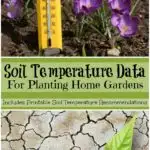
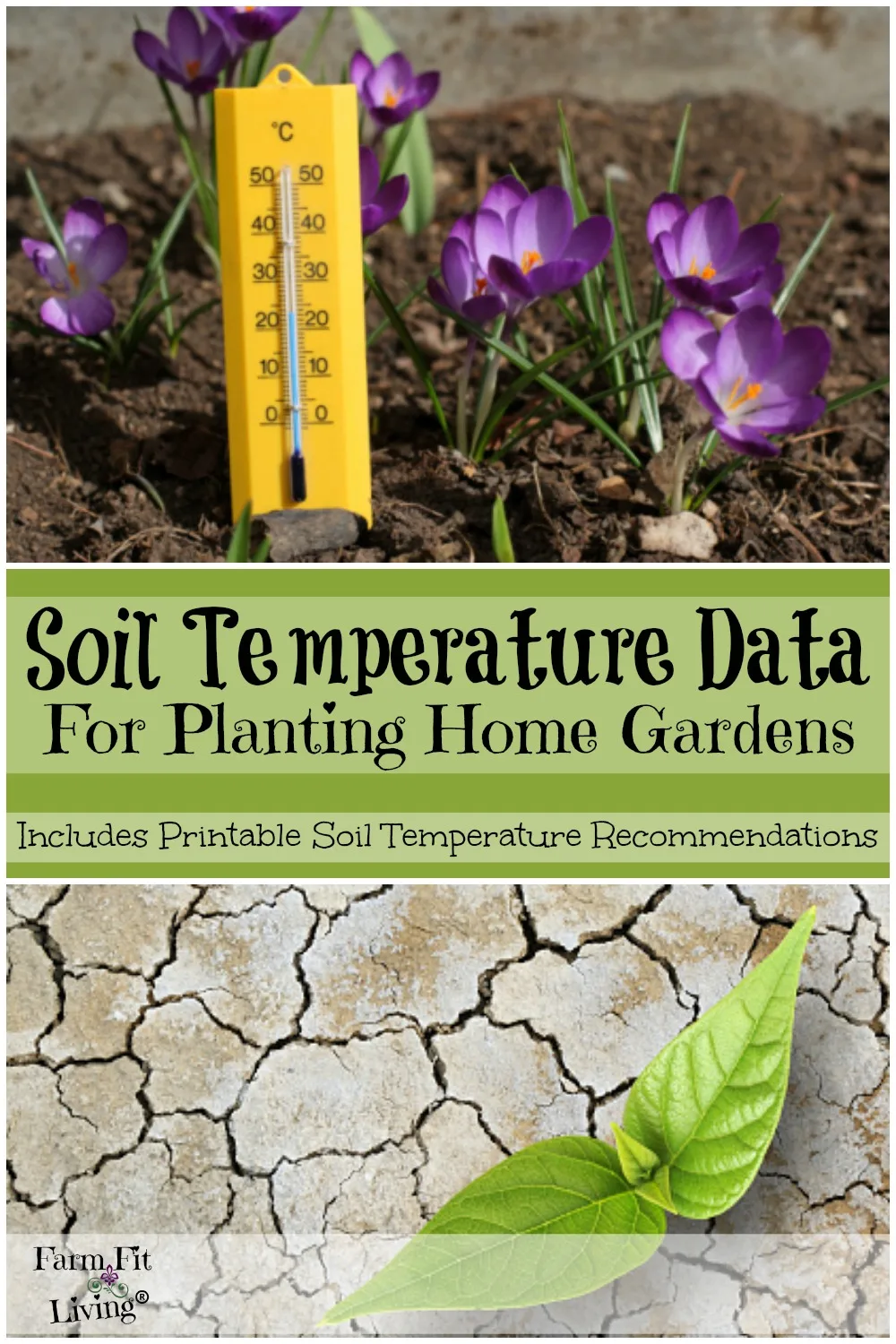
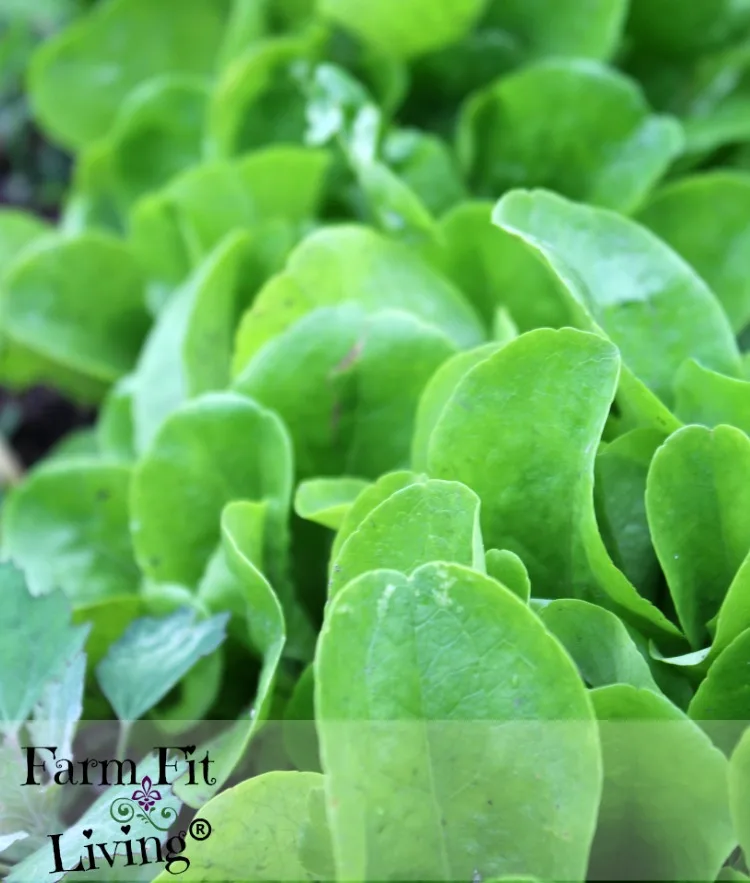
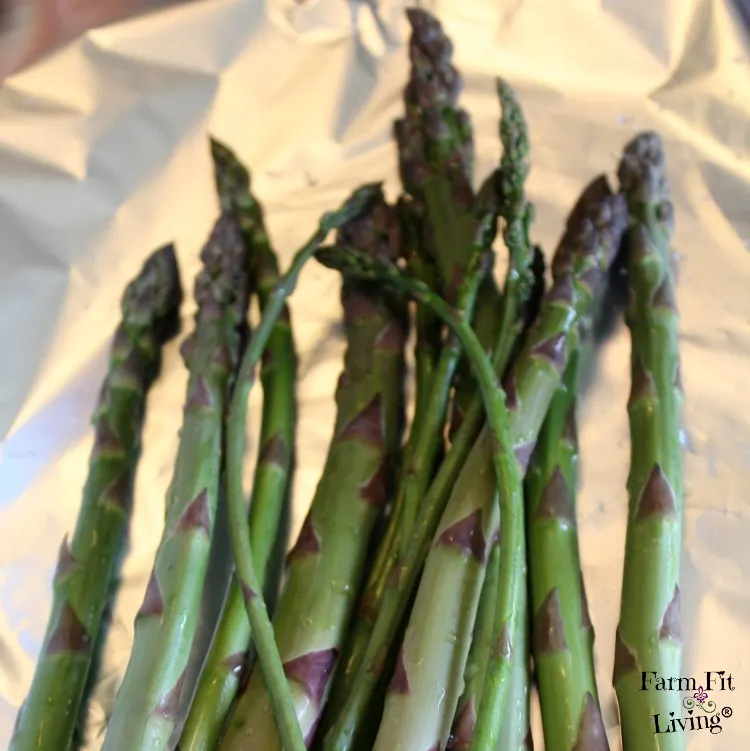
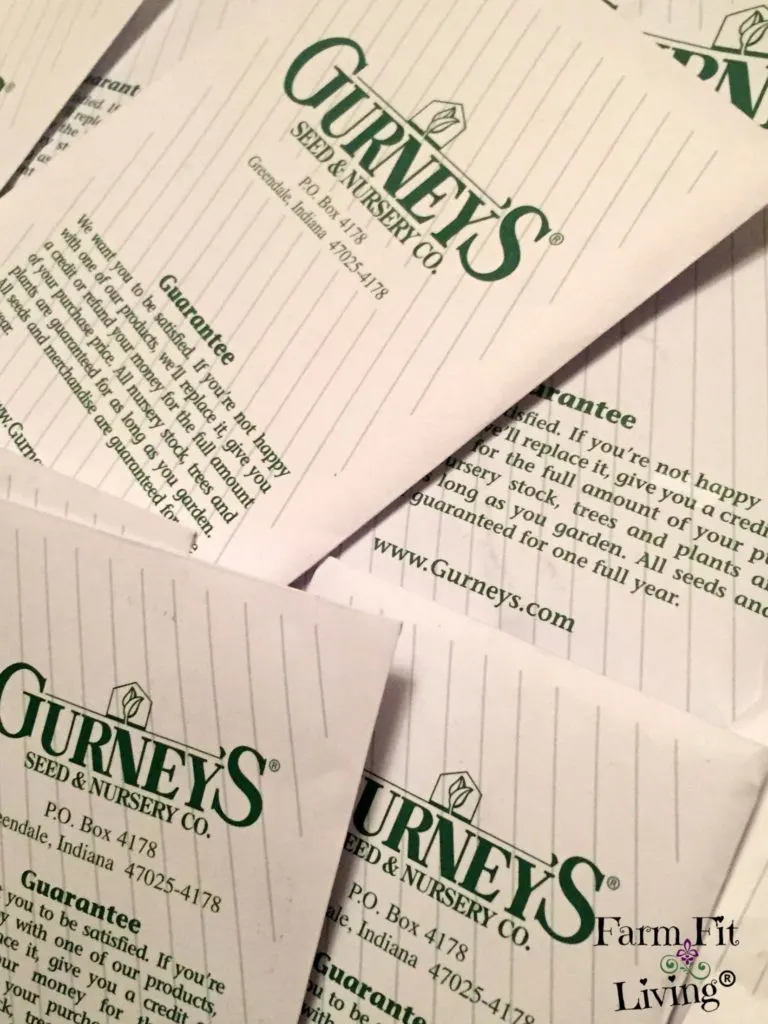
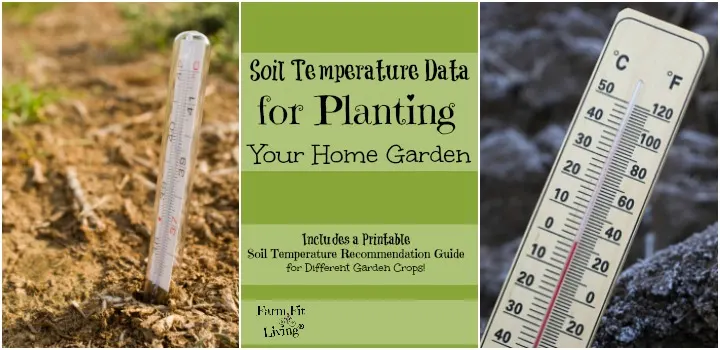
9+ Best Items for Green Compost in your Home Garden
Saturday 19th of January 2019
[…] Read More… […]
Best Tricks for Growing Great Tomatoes in your Home Garden
Saturday 30th of June 2018
[…] To know what the soil temperature is in your garden before you plant, read here. […]
5 Big Issues with Farming You Might Be Facing
Monday 18th of June 2018
[…] For further reading on soil temperature for garden crops, go here […]
Simple Straw Bale Gardening Tips You Can Use Anywhere
Sunday 17th of June 2018
[…] If not, you can read that post here. […]
Best Tricks for Growing Great Asparagus in your Home Garden
Sunday 22nd of April 2018
[…] For more info on soil temperature, go here. […]